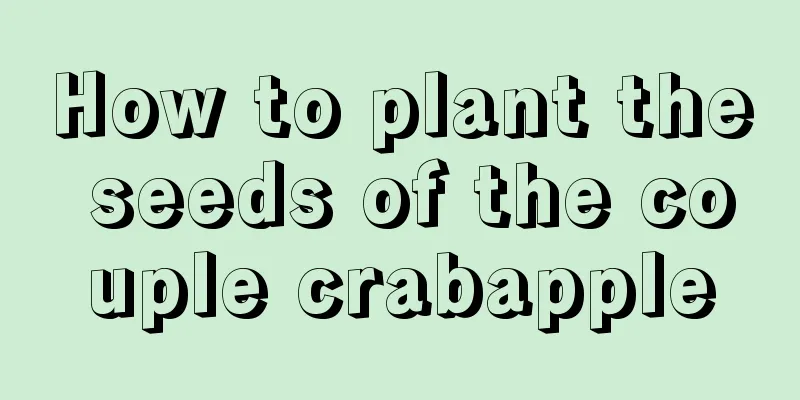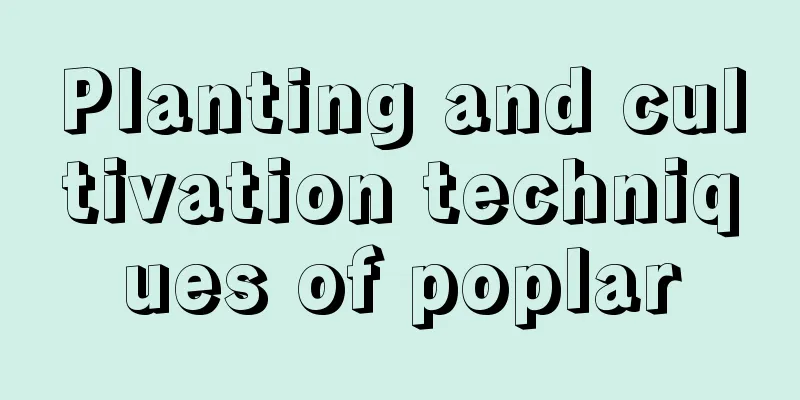What are the cultivation methods and precautions of Panax notoginseng?

Method of cultivating Panax notoginsengNotoginseng is a plant of the genus Basella of the family Basellaaceae. It can be propagated by stem cuttings and bulbil propagation. Notoginseng likes a humid environment. The suitable temperature for its growth is 17~25℃. It can tolerate temperatures above 0℃. It has a strong adaptability to soil, but is usually cultivated in sandy loam with good aeration. The soil requirements for Panax notoginseng are not high when it is cultivated. It only needs to be loose and free of water accumulation. During the growth period, the amount of watering needs to be increased to keep the soil moist. The watering time and amount should be arranged reasonably, and nitrogen, phosphorus and potassium fertilizers should be supplemented appropriately. The demand for sunlight is not high, so just pay attention to ventilation at ordinary times. Watering methodPanax notoginseng is a very drought-resistant plant, so it does not have a strong demand for water. Generally, watering can be adjusted according to the climate. Water less in the rainy season and drain the water in time. Add more water in drought. Fertilization methodThe requirements of Panax notoginseng for fertilizer are not very high. Generally, it is enough to have sufficient nutrients in the soil. You can add a little organic fertilizer to promote vigorous growth. Pruning methodsWhen the height of Panax notoginseng grows to 30-40 cm, it can be pruned to promote the germination of side buds and make the plant more beautiful. Matters Needing Attention in Raising Panax NotoginsengWhat needs to be noted during the cultivation process of Panax notoginseng is that it is not very cold-resistant. It can usually grow normally in an environment above 0 degrees in winter, but if the temperature drops below 0 degrees, its leaves will fall off, so you must pay attention to the temperature in winter. In addition, remember not to expose the plant to the sun. |
<<: What are the cultivation methods and precautions of hydrangea
>>: What are the cultivation methods and precautions for potted jasmine?
Recommend
When to prune camellia, when and how to prune camellia
1. Pruning time The time for pruning camellia is ...
How to water succulents in spring
Principles of watering succulents in spring In sp...
Is Camellia poisonous?
1. Is the plant poisonous? As we said above, the ...
Can the fortune tree be planted in the ground?
Can the fortune tree be planted in the ground? Th...
How Phalaenopsis survives the summer
How Phalaenopsis survives the summer The most imp...
Wild chrysanthemum flower language: silent and dedicated love, ward off evil
The legend of wild chrysanthemum The Double Ninth...
What fertilizer is best for cyclamen?
1. By element Before choosing fertilizer for it, ...
How to deal with rhododendron root rot
1. Remove the plant Regardless of whether the aza...
How to propagate yellow orchid
1. Seeding method 1. Seed collection: For propaga...
How to repot jasmine
1. Dry the potting soil Before repotting, water t...
How to water the potted fortune tree
Key points for watering potted fortune trees When...
When is the best time to transplant yew?
Before transplanting the yew, it is necessary to ...
Does the Welcoming Pine prefer shade or sun?
Does the Welcoming Pine prefer shade or sun? The ...
Characteristics of Peony Flower Arrangement
Decorative environment The graceful shapes and go...
What to grow in the countryside to make money
1. Planting flowers Many people like to buy flowe...









